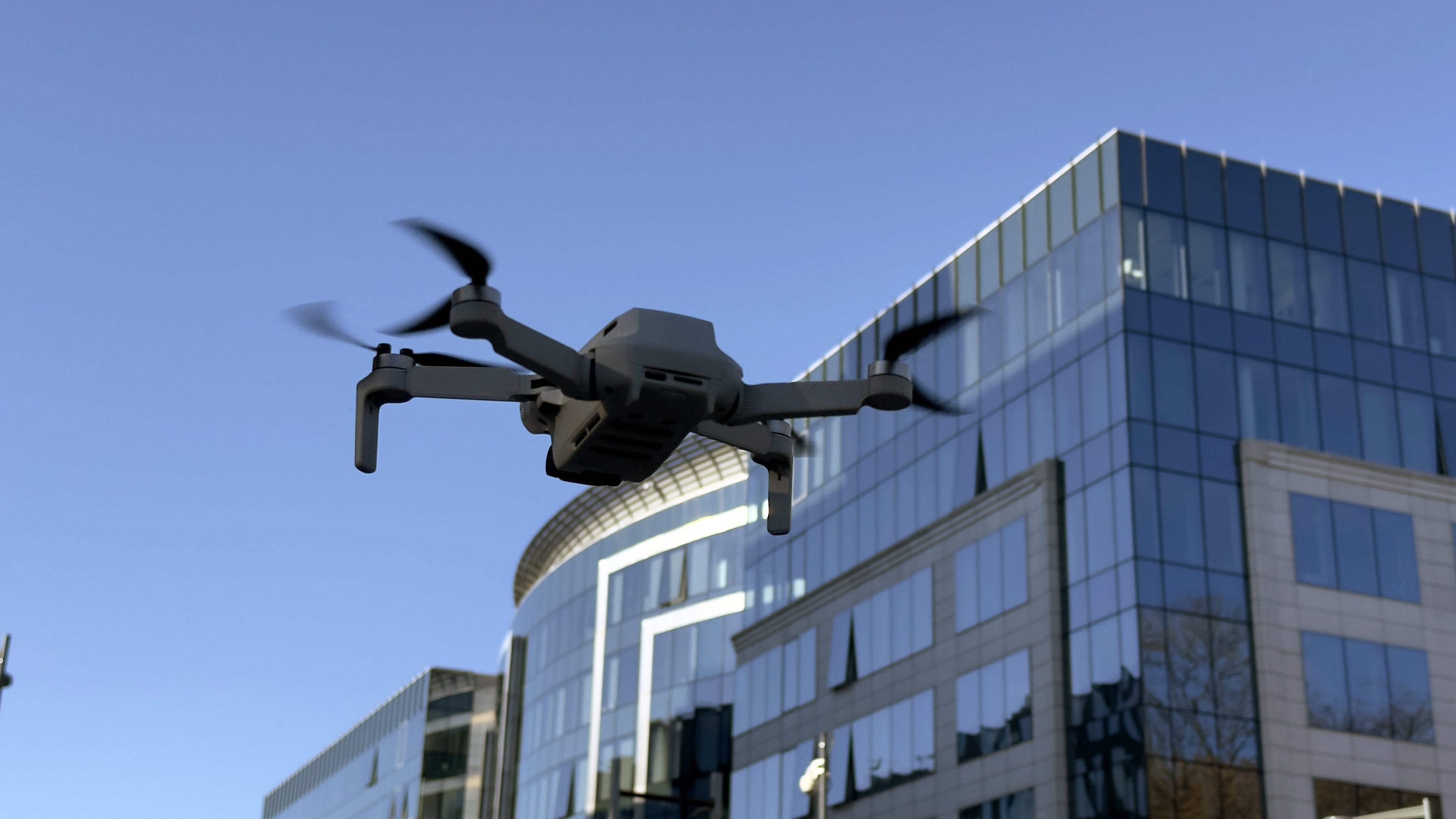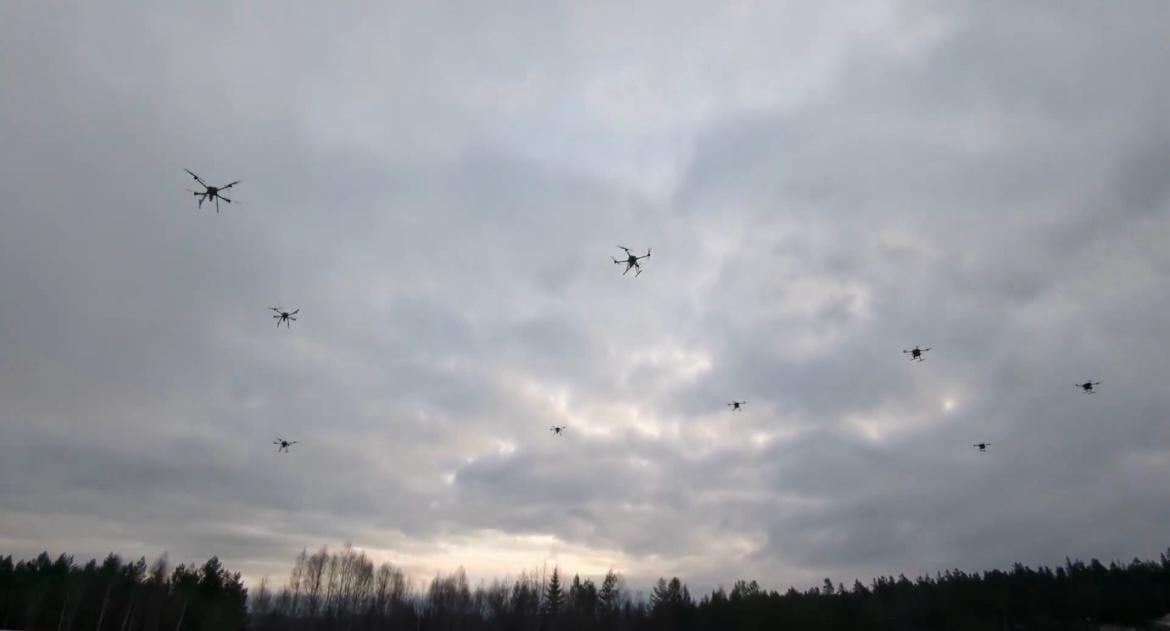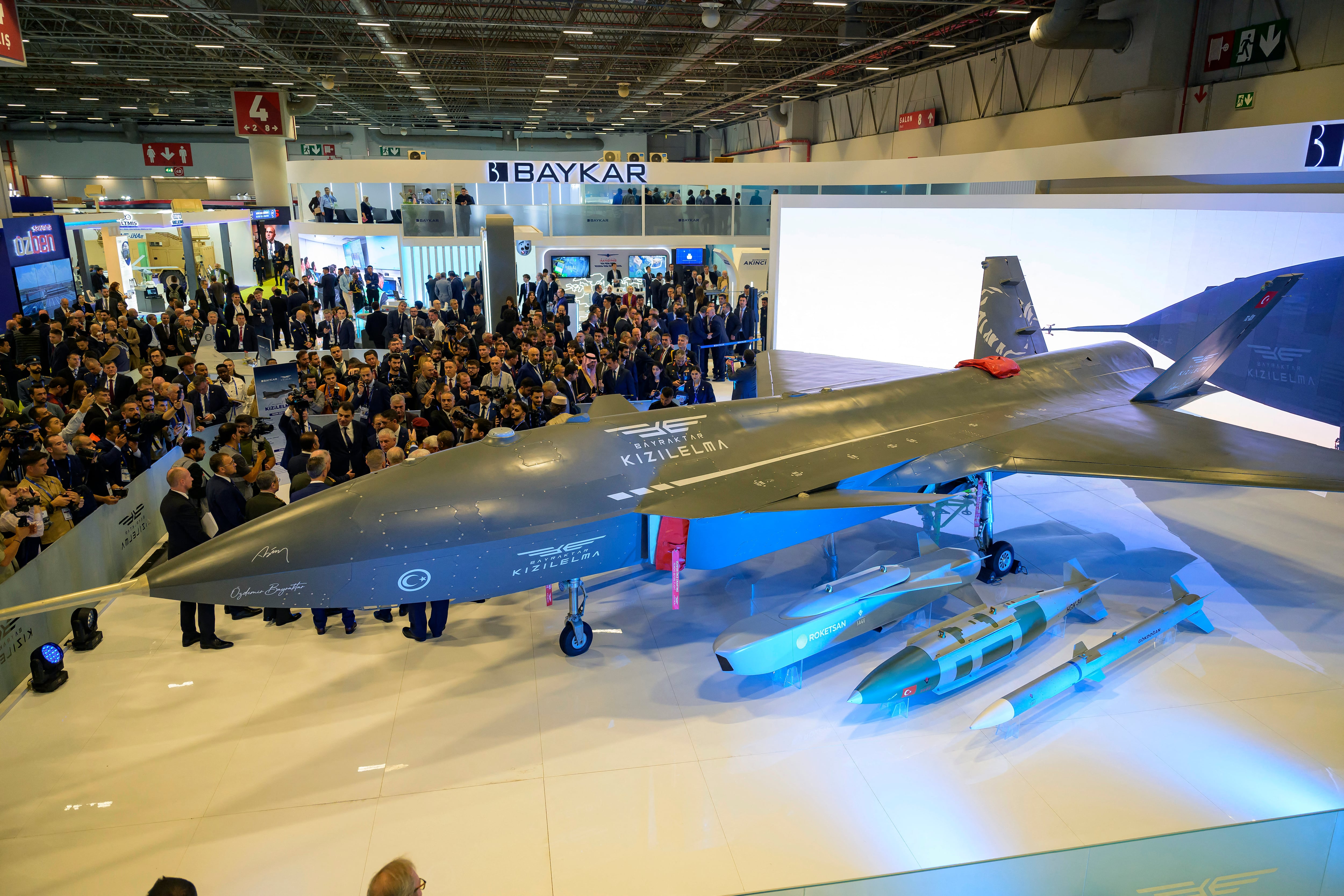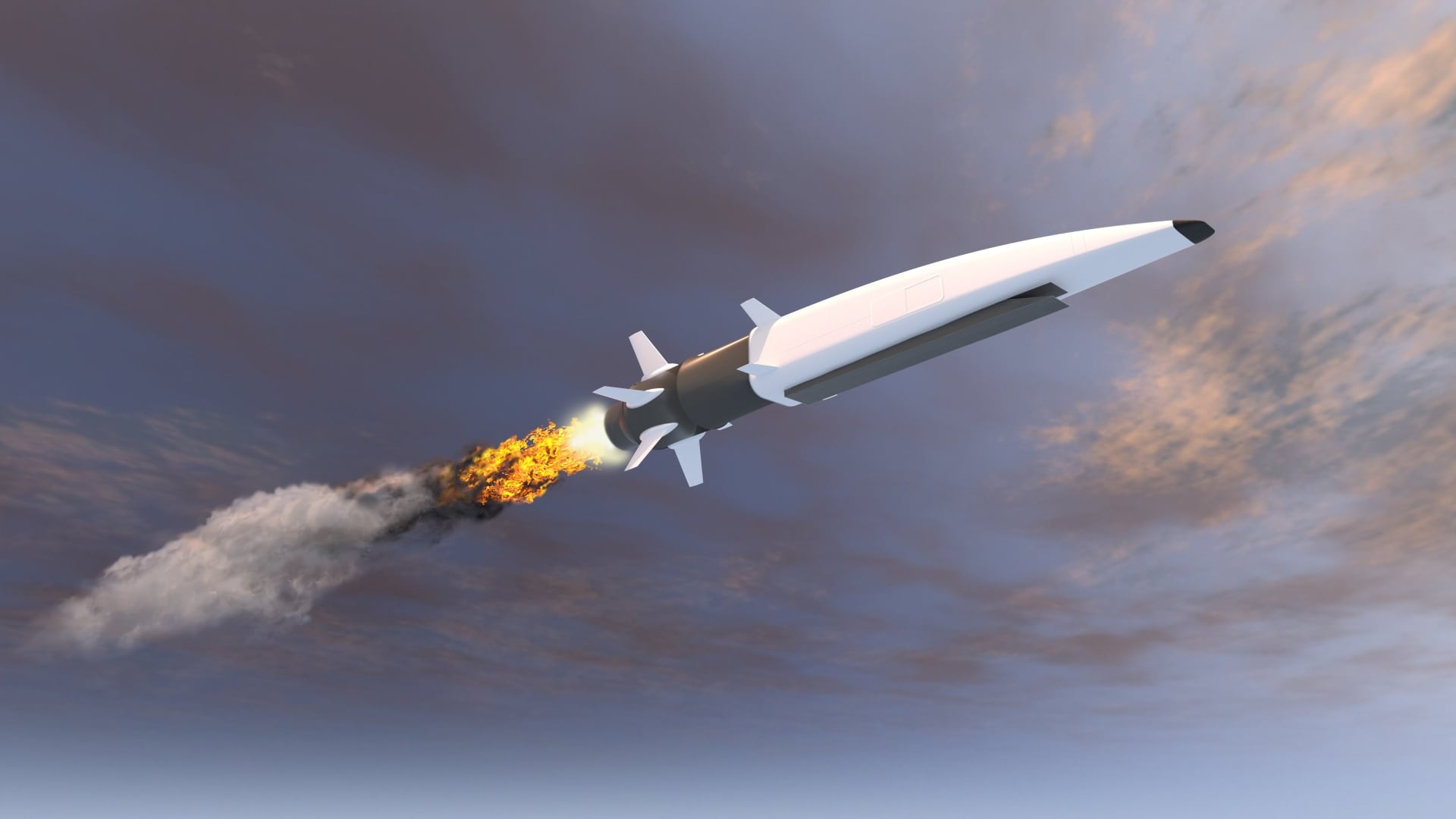Software developer PacStar last fall announced it had nearly completed the delivery of 6,000 licenses of its IQ-Core Software communications management tool for the Army's WIN-T Increment 1 tactical communications network backbone.
The hope at the time was that the new network management tools would help to smooth out operations of communications equipment at the tactical edge. With networks often cobbled together out of components from multiple manufacturers, soldiers can get bogged down in the minutia of configurations and systems diagnostics.
New data suggests that the software is delivering as promised. In independent third-party testing, sponsored by PacStar, researchers found that automated systems management delivers a higher rate of productivity that the previous manual processes.
In a study of signal brigade soldiers, conducted by Thug Design of Portland, Oregon, operators were able to configure and manage tactical communications systems 10 times faster and with nine times fewer errors using PacStar IQ-Core Software, as compared to comparable manual methods.
These findings are significant when cast in light of the increasingly complex communications and data landscape soldiers are being tasked to manage.
"The military has the option today to deploy more and more capability at the edge, and they are taking advantage of that," said PacStar Chief Technical Officer Charlie Kawasaki. "Where once you had very basic communication services, you can now deploy a huge variety of technologies, everything from voice and video to C4ISR applications. We are seeing drones and virtual reality, all sorts of situational awareness applications."
With this abundance of technological tools comes a new level of complexity, especially for those charged with managing the interoperability of these many and varied networks. The Army is eager to get on top of this increasingly convoluted situation. It is looking "to simplify network and mission command capabilities to make it easier for Soldiers to get the information they need — anytime, anywhere, and on any device," as one PEO-C3T handbook puts it.
In the Army Network Campaign Plan, the Office of the Army Chief Information Officer likewise calls for greater ease of network managements, saying the service needs to "simplify and standardize network operations" through "common processes and standards" within and across network operations.
But that simplification hasn’t taken hold. Rather, "the usability problem has exploded," Kawasaki said. "In many cases, enterprise-class networking that is unbelievably feature-rich also comes with the price tag of being very complicated to use. Where you used to have a router and a switch, now you have WAN optimization, unified communications, collaboration tools and wireless infrastructure."
On WIN-T Increment 1, also know as Warfighter Information Network — Tactical, the IQ-Core Software cuts through the clutter by consolidating information on a single graphic-user interface. Operators can get an easy read on the status of switches and routers; unified communications systems for voice and video; firewalls; IP and legacy voice solutions; virtual private network, or VPN, gateways; and wireless infrastructure.
In addition to visibility, the software also automates certain routine tasks, such as the key encryption and certificate signing routines that go with setting up a VPN. Automation in turn helps reduce the likelihood of errors.
The recent trials included 11 active military personnel from an Army signal brigade, some with significant networking experience and others with less, along with 11 nonmilitary civilian IT professionals and experienced users.
"One task involved setting up commercial off-the-shelf VPN systems like you would use for transmission of classified data over wireless networks," Kawasaki said. "The other task was to do configuration backups and compare configurations for troubleshooting purposes. Both of these are very common tasks."
Some of those undertaking the tasks by manual methodologies never even managed to complete the assignments. "The time savings weren’t just for the inexperienced users. There was a large time savings for the ‘power users’ as well, because we have reduced so many steps along the way," Kawasaki said.
Testers also took qualitative measures, asking users how they felt about the tasks at hand. "Users said they felt twice as confident using the software, they felt twice as confident about being able to perform additional tasks on the equipment," Kawasaki said. That is significant since confident users have been shown to be more likely to engage with these systems correctly.








